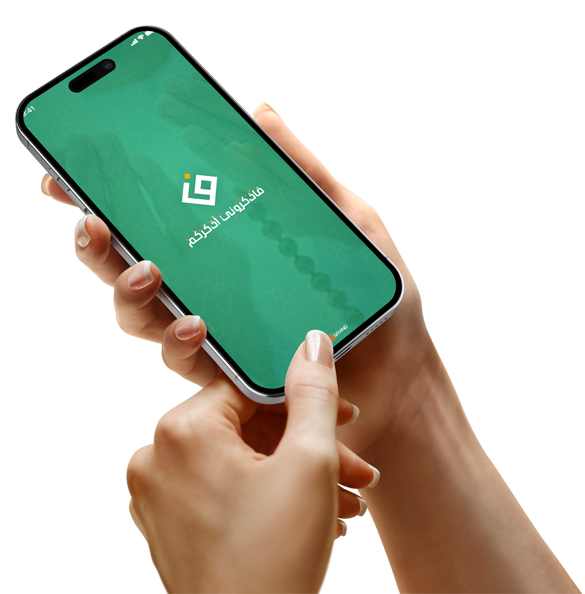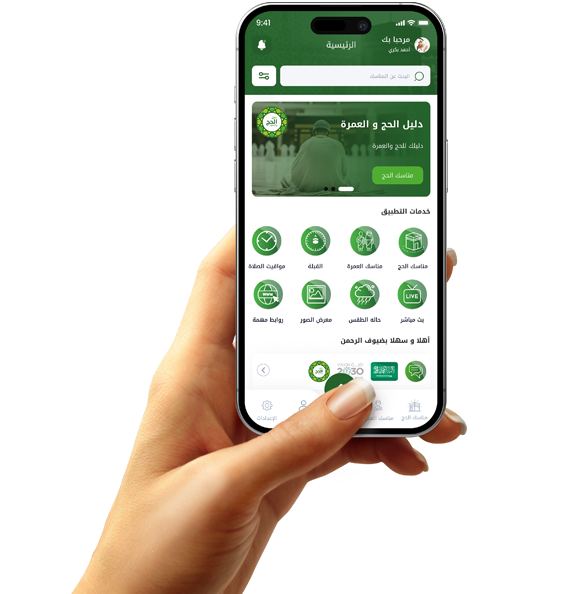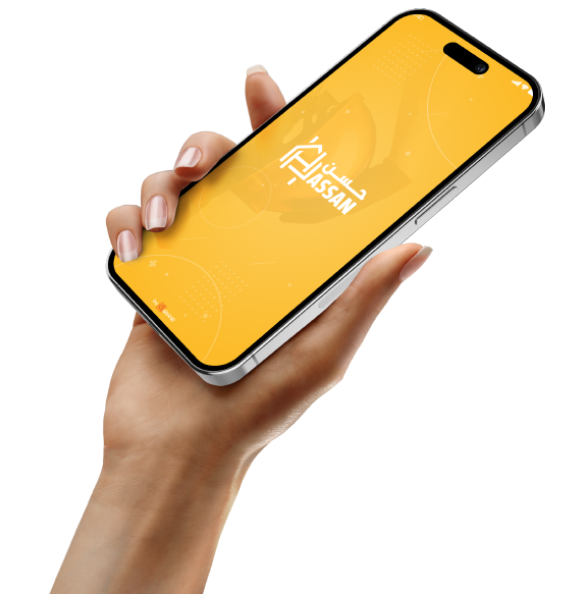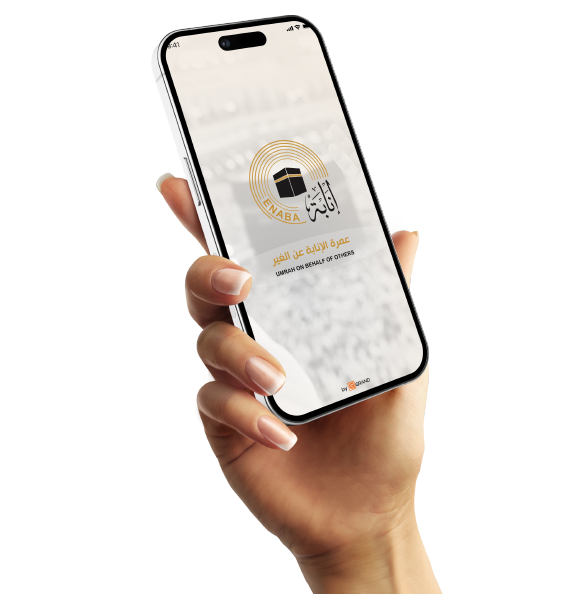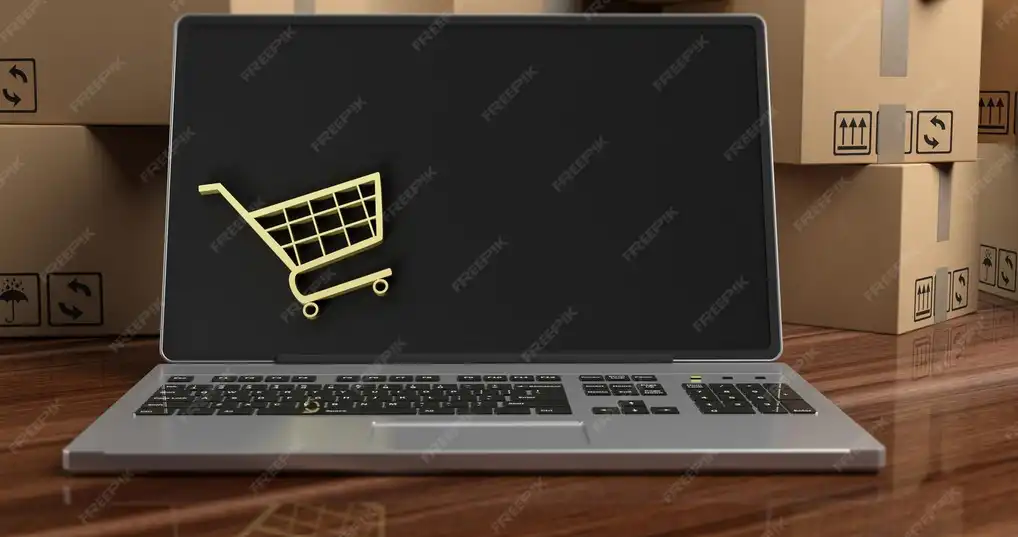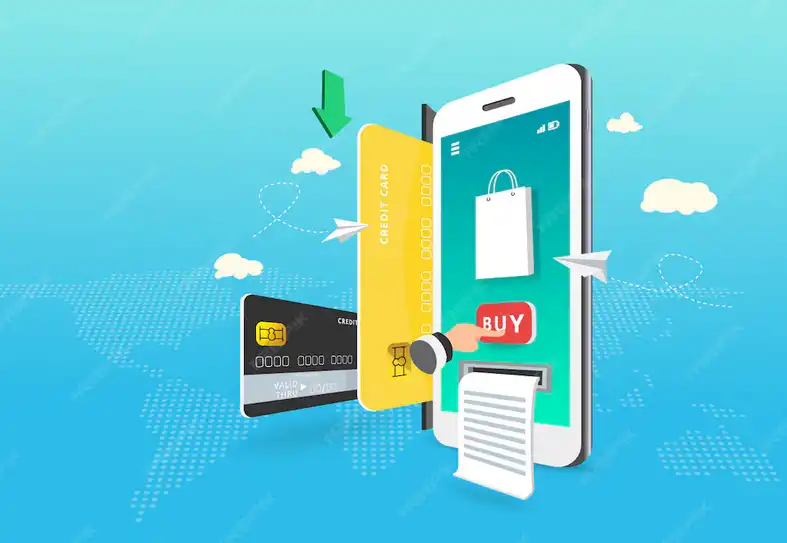How to design an app that supports user-to-user selling
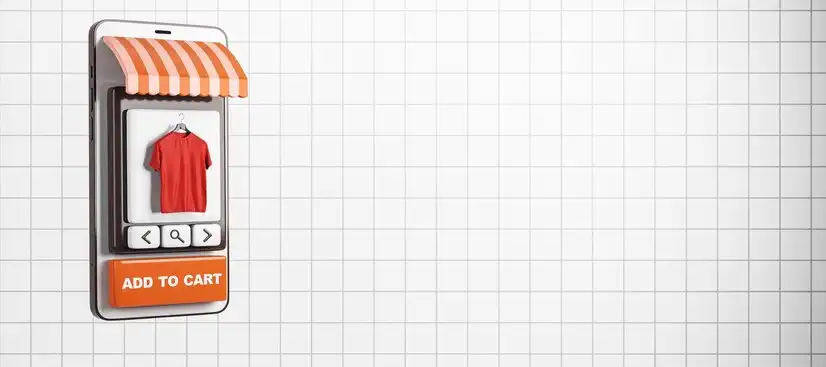
Understand the B2C model before starting design
You don't control inventory or the quality of the products, but you do control the platform that enables communication. Therefore, user experience design should focus on simplicity, security, and ease of interaction between the two parties.
You should provide the seller with tools that help them easily display the product, such as adding images, writing a description, and specifying the price and location accurately. Every step should be clear and quick.
In turn, the buyer needs convenient browsing methods, advanced search filters, a clear distinction between new and used products, and the ability to negotiate or communicate directly.
Also, you should add a "personal account" feature where each user can easily manage their ads, review messages, or edit their profile. These small details give the user a sense of control.
The trust factor is very important in this model. Therefore, you need to design a real ratings and reviews system through which buyers can rate sellers, and vice versa, to build a trustworthy reputation within the app.
Incorporating secure communication methods within the app is essential. Such as allowing users to talk through an internal chat without having to share a phone number first.

Smart browsing makes the shopping experience easy and engaging
In P2P apps, browsing products is where users spend the most time. Therefore, the design should be convenient, clear, and encourage users to continue browsing without getting bored.
Start by dividing products into clear main categories, such as electronics, furniture, clothing, cars, and services. This helps users identify what they're looking for without getting lost in the sheer number of ads.
Next, add an advanced filtering system that allows users to customize results. Filters can include subcategories, price ranges, product condition (new/used), location, or even the order of results (newest, cheapest, nearest).
It's important to ensure smooth browsing with vertical or horizontal scrolling, with clear images of each product and a clearly visible price. A good image is the first thing that catches the user's eye, so make sure the images are relatively large and load quickly.
Include a short title next to each image, explaining the product type and its basic specifications, such as "iPhone 13, Excellent Condition, Cairo." This short title saves users time and increases the chances of clicking on the ad.
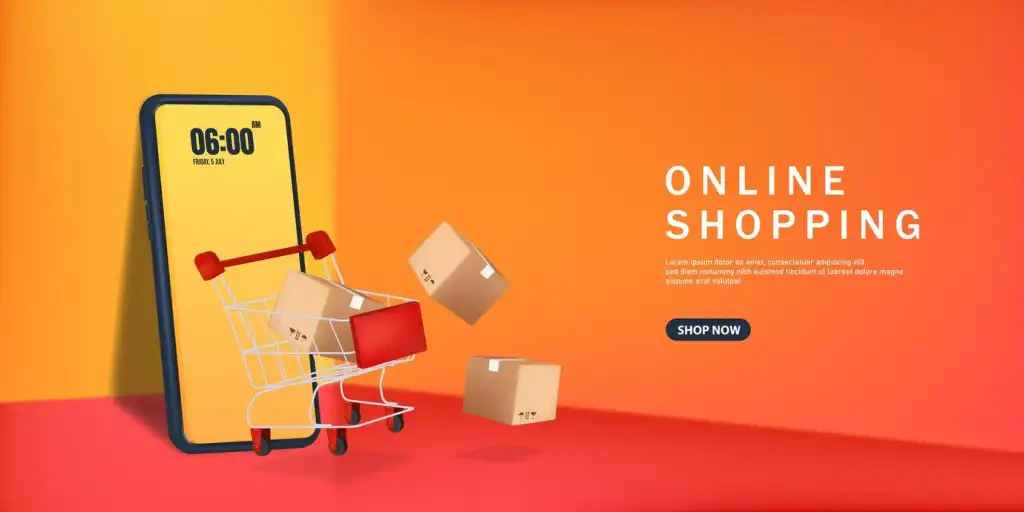
Secure Chat... The Backbone of User-to-User Communication
Without effective communication, no P2P app can succeed. Chat is the bridge between seller and buyer, transforming an ad into a real sale. Therefore, in-app chat must be practical, secure, and fast.
Start by providing an instant messaging system within the app, so that the user doesn't need to leave the platform to communicate with the other party. Every second wasted switching between apps reduces the likelihood of a transaction.
It's essential that the chat interface resembles what the user is used to from other apps. Using bubbles, timing, and simple segmentation facilitates interaction.
Security is an essential element. Don't expose phone numbers or email addresses in the chat unless the user chooses to do so. Ensure messages are properly encrypted to prevent hacking or exploitation.
Include a reporting feature within the chat, allowing users to easily report any abuse or suspicious activity, enhancing user confidence in the app environment.
The ability to send images within a conversation may be necessary, especially if the seller wants to send additional details about the product, or the buyer wants to see a specific part that wasn't shown in the ad.

User Rating System: Trust First, Then the Sale
Trust is the foundation of any P2P platform, as there is no third party guaranteeing the transaction. Therefore, an in-app rating system is the most important tool for building that trust between seller and buyer.
Start by activating the rating feature for every transaction made through the app. After completing a purchase or communication, give users the opportunity to rate each other based on their experience, whether positive or negative.
It is preferable for the rating to be based on multiple factors, such as product quality, seller commitment, response speed, accuracy of description, etc. This helps create an accurate and transparent picture of the user.
Display rating results visually, such as stars or icons, next to the user's name on their profile and even in their published ads. This way, anyone browsing can tell the seller's trustworthiness at a glance.
Give the user the ability to write a short text comment next to the rating to explain their personal experience. These reviews create a more transparent community and encourage others to act with integrity.
Also, a "Trusted" or "Active Seller" badge can be automatically added to users who repeatedly receive high ratings, to encourage positive behavior within the platform.





